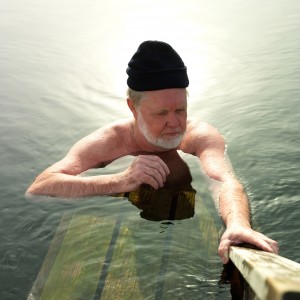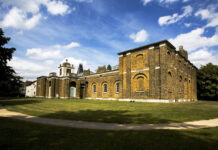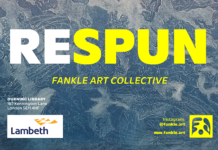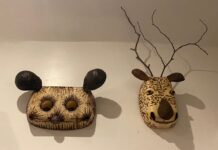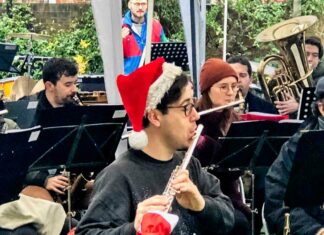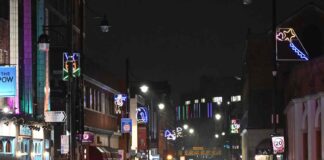Arts contributor Sarah Solomon went along to local photography gallery Photofusion to review the current exhibition Open Water Swimming by documentary photographer Tessa Bunney. Supported by Arts Council England, the showcase incorporates two studies of human interaction with the environment, Jarvenjaa/Lakeice and On the Board, giving a powerful glimpse into the world of open water swimming.
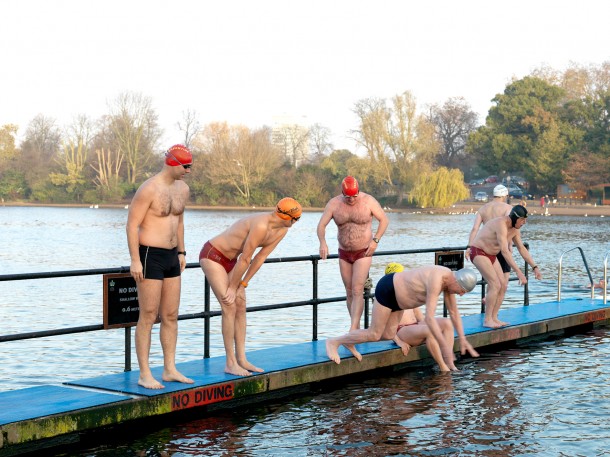
above from the series On the Board, 2011-12; below left from the series Järvenjää/Lakeice, 2010-12
Jarvenjaa/Lakeice is an exploration of the city of Jyvaskyla in central Finland, with its vast expanses of more than 188,000 lakes. Tessa spent several days travelling around Jyvasklya to photograph the lakes. Shot in winter, her striking photographs depict the power of the elements and the steely determination of Jyvaskyla’s ice swimmers in harsh conditions. “My interest in open water swimming goes back to my interest in different landscapes and how we use them for ourselves, in this case for leisure,” she says.
Each composition in Jarvenjaa/Lakeice series reflects a moment of intimacy, calm and in some cases solitude, and highlights a need for contemplation and relaxation away from the fast-paced, technology-fuelled reality of 21st-century living. It is evident that Tessa developed a strong relationship with her subjects, allowing her to closely document an activity that represents simplicity and a desire for contact with nature.
The second collection of photos, On the Board, portrays the Serpentine Swimming Club (SSC) in central London. Established in 1864, this open air swimming club meets at The Serpentine Lake in Hyde Park every Saturday throughout the year to race, in all weather conditions. The lake itself was created in 1730 and has a rich history as a place for people to meet and swim together.
Tessa’s photos and photofilm expose personal, modern day experiences of the Serpentine, reflecting a continuation of the human interaction with the lake that has occurred since its inception. Visitors can listen SSC members talking about their encounters with the lake, and they share an immense feeling of exhilaration from their early morning swims in the lake’s cool waters.
Tessa’s documentation of the London and Jyvaskyla open water swimmers makes for some interesting comparisons and contrasts between the two groups, from the age of the participants to finer details such as their attire. Ultimately the exhibition highlights a commonly shared enjoyment of open air swimming, with both its social and solitary benefits.
Open Water Swimming is showing at Photofusion on Electric Lane until 14th March 2014.

